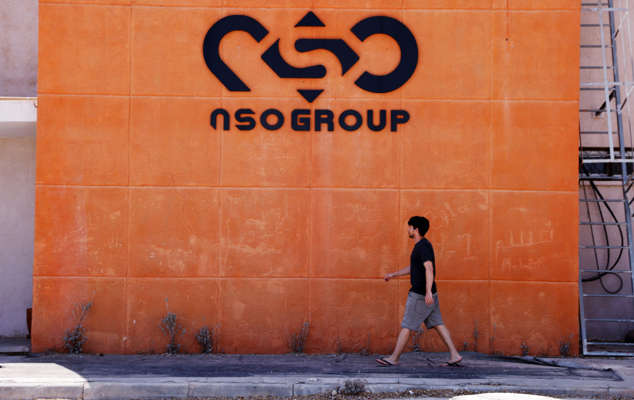
West Virginia cash-for-worker program welcomes new residents
Yesterday
CHARLESTON, W.Va. (AP) — A program offering $20,000 in cash and incentives for remote workers to move to West Virginia as part of a population push has chosen 33 people for its second class of newcomers and is now taking applications for a third host region, officials announced Tuesday.
Tourism officials said the public-private program received more than 3,600 applications for the latest round in the Greenbrier Valley, about the same number as there are residents in the laid-back southeastern community of Lewisburg.
The applicants recently selected for the Greenbrier Valley are from 19 U.S. states, including as far away as California. The average annual income of those selected is about $125,000. The applicants will be bringing family members for a total of 61 new residents.
“These people are coming to West Virginia because they want to be in the mountains,” state Tourism Secretary Chelsea Ruby said at a news conference.
Among them is Ben Isenberg, a Maryland transplant who owns a branding agency and closed on a home 30 days after receiving his spot.
“Throughout the COVID-19 pandemic, my family and I set out to travel across the United States to stretch our legs and experience nature," Isenberg said in a statement. "We traveled, camped and explored national parks across the country in search of a place that would feel like our forever home. As new West Virginia residents, I am proud to say that we have found just that and more in the Greenbrier Valley of West Virginia.”
Another new resident is returning home. Andrew Neely graduated from Greenbrier East High School but moved away for a career in the Air Force. His most recent role was with a San Francisco-based artificial intelligence company.
Neely said his return "is like a dream come true. I’m an avid fisherman, paddler and biker, so West Virginia makes complete sense as the place for me to put down roots.”
Besides Lewisburg, which once was voted America’s “Coolest Small Town,” the Greenbrier Valley also includes the posh Greenbrier Resort in White Sulphur Springs and the state fairgrounds in Fairlea. The area is within an hour of the New River Gorge National Park and Reserve.
Last year, the first round of the Ascend West Virginia remote worker program welcomed 53 new residents from as far away as Germany to the northern college town of Morgantown.
As part of Tuesday's announcement, officials said they are opening up new applications for the Eastern Panhandle, along with additional openings for Morgantown and the Greenbrier Valley.
Despite the state’s long-term population doldrums, the Eastern Panhandle is the fastest-growing region of West Virginia and is a cheaper living alternative for people who work a little more than an hour away in Washington, D.C. The Eastern Panhandle includes small towns such as Harpers Ferry, Martinsburg and Shepherdstown.
The 2020 census found West Virginia lost a greater percentage of its residents than any other state in the past decade, and is now the only state with fewer residents than it had in 1950. Residents left as jobs in the coal, steel and other industries were eliminated. The nation’s second-largest coal producer, West Virginia has lost 56% of its coal mining jobs since 2009 as power plants turn toward renewable energy sources.
To begin to reverse the exodus, West Virginia is leveraging one of its most appealing assets, its “almost heaven” natural beauty, in direct appeals to outdoor enthusiasts whose jobs enable them to work from anywhere they choose.
Under the remote worker program, out-of-state participants who move to West Virginia will receive $12,000 along with annual passes to indulge in whitewater rafting, golf, rock climbing, horseback riding, skiing and ziplining. The full relocation package is valued at more than $20,000.
As a consolation, those who were not selected will be offered an average of $3,500 in mortgage assistance if they move to West Virginia.
Over the next five years, the program plans to welcome more than 1,000 new remote workers to the state. The program was founded through a $25 million gift to West Virginia University by former Intuit executive chairman Brad Smith and his wife, Alys. Brad Smith is now the president of Marshall University in Huntington.
John Raby, The Associated Press



















